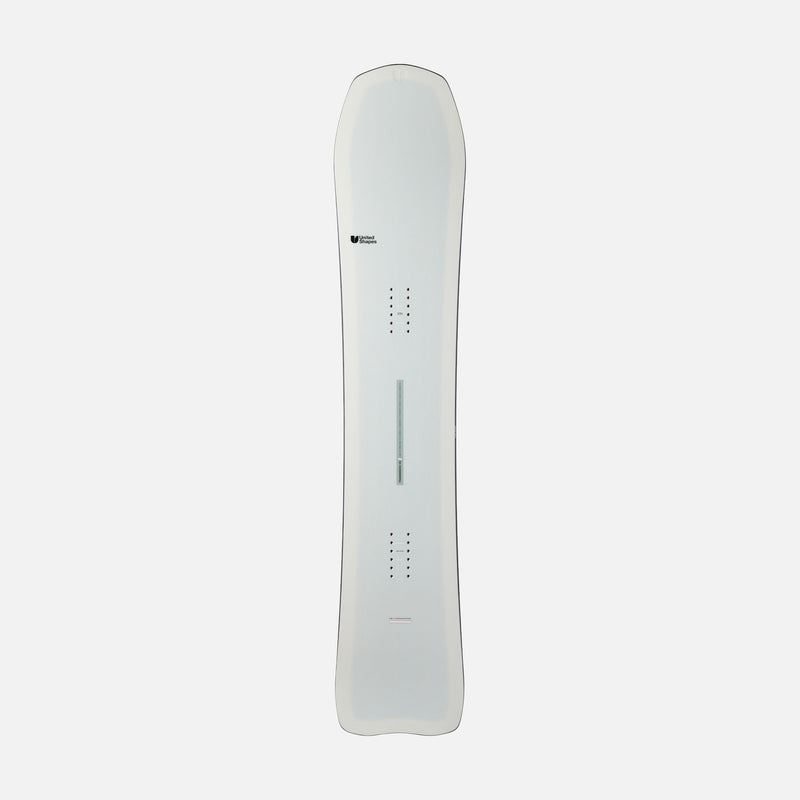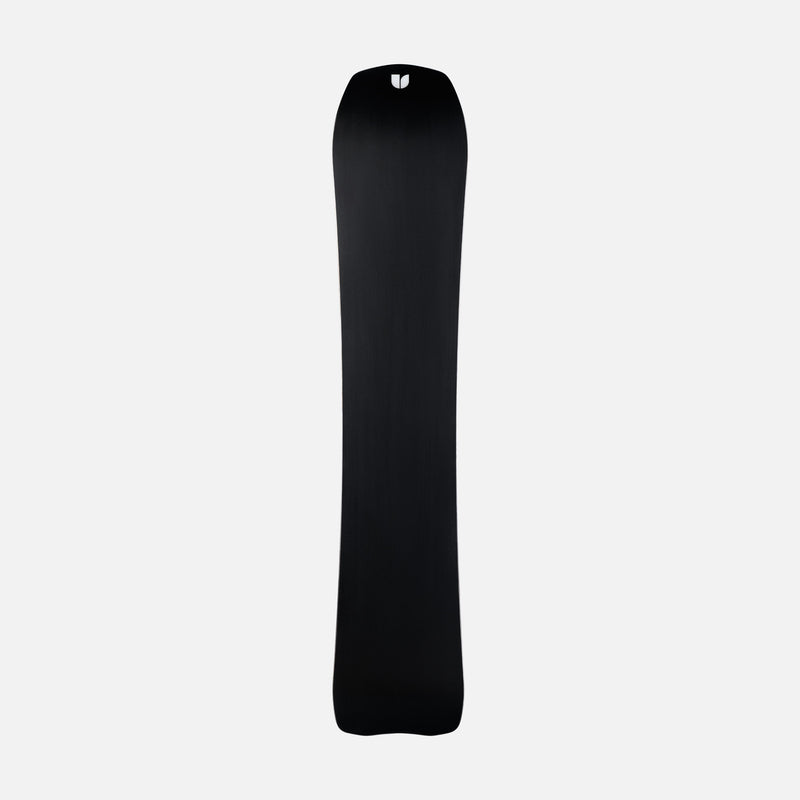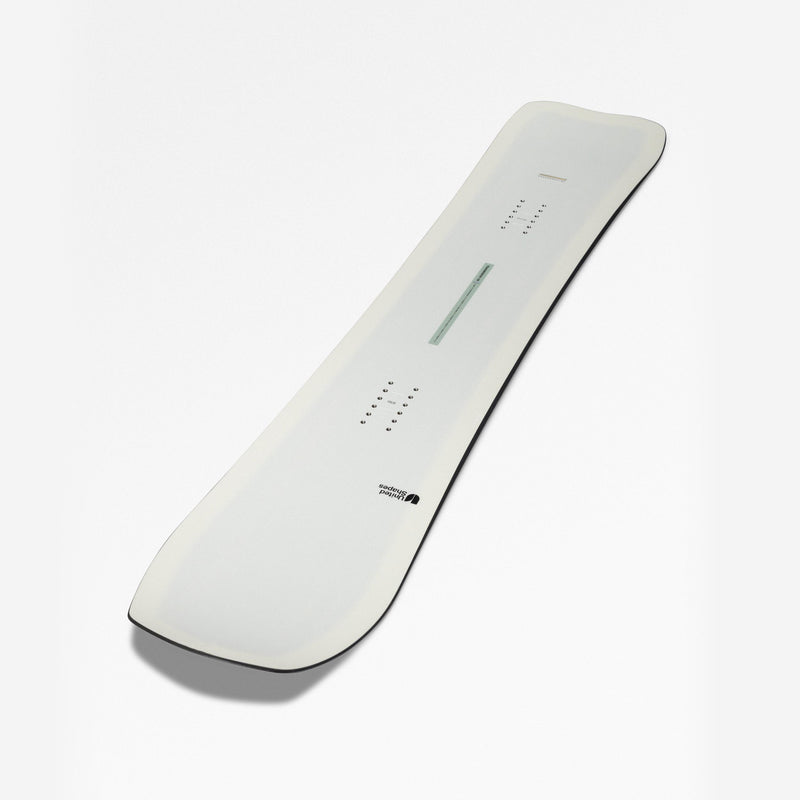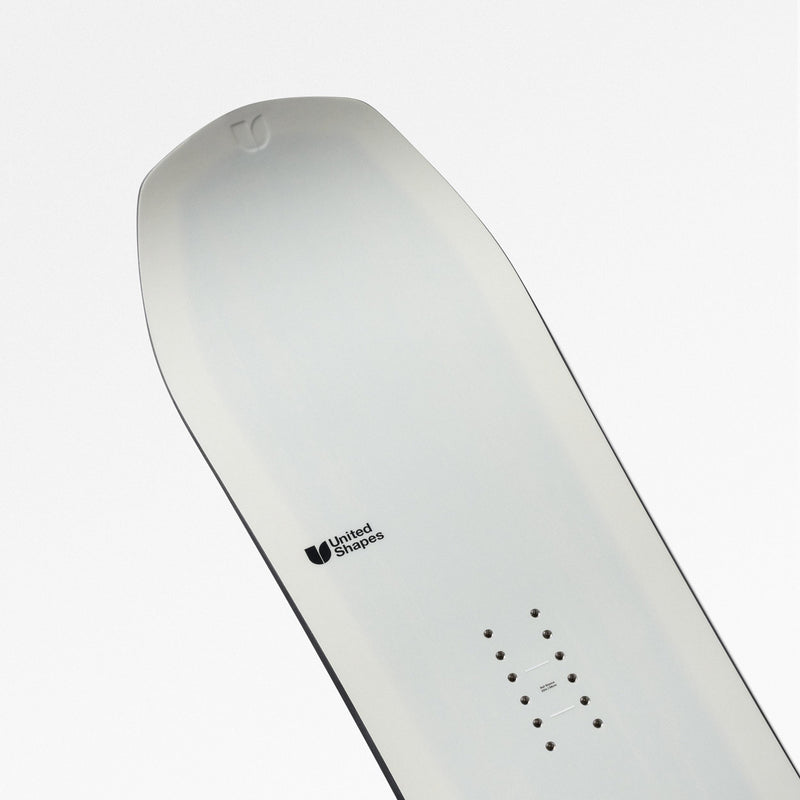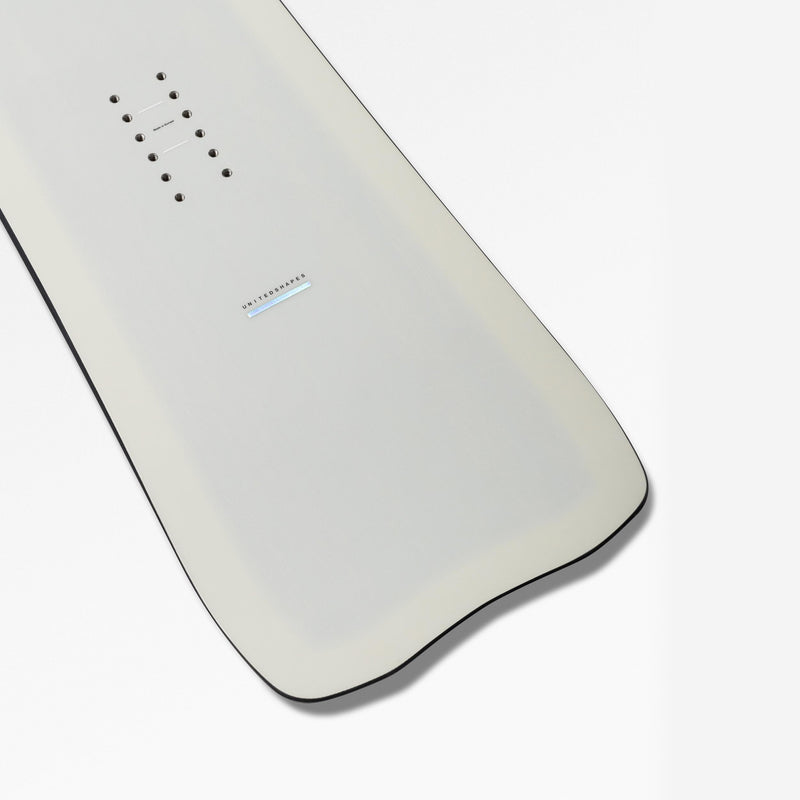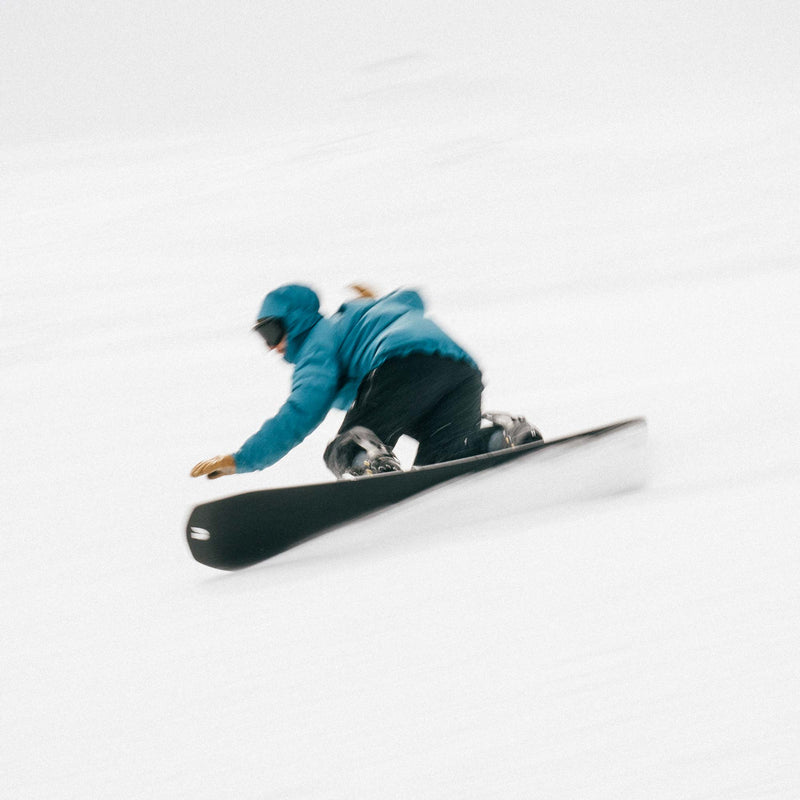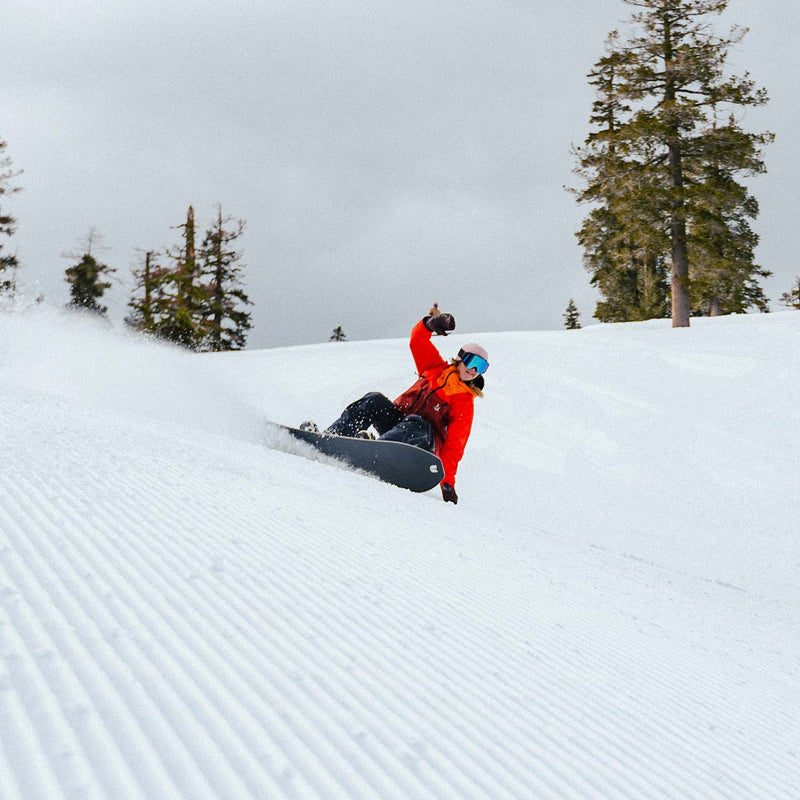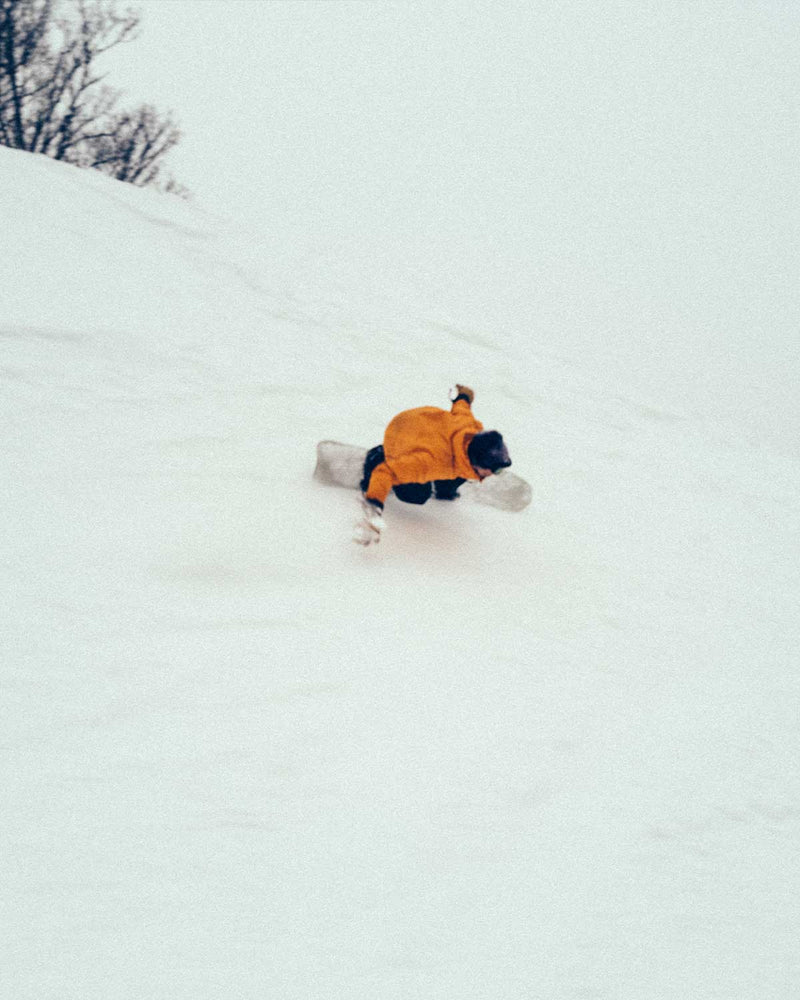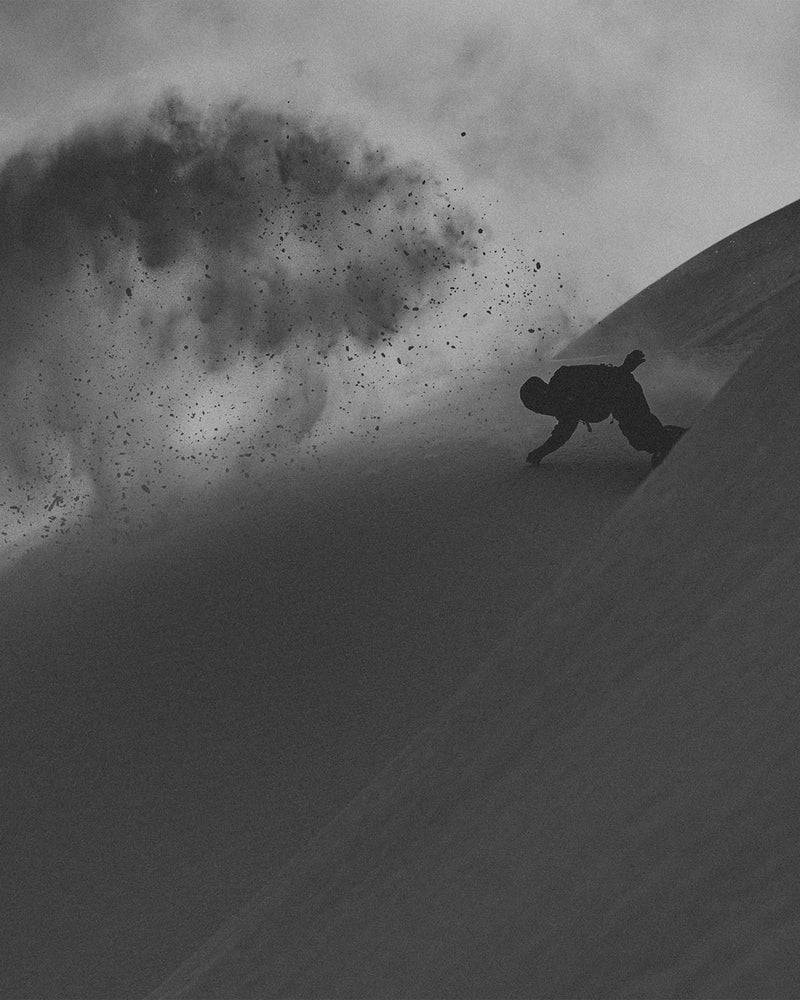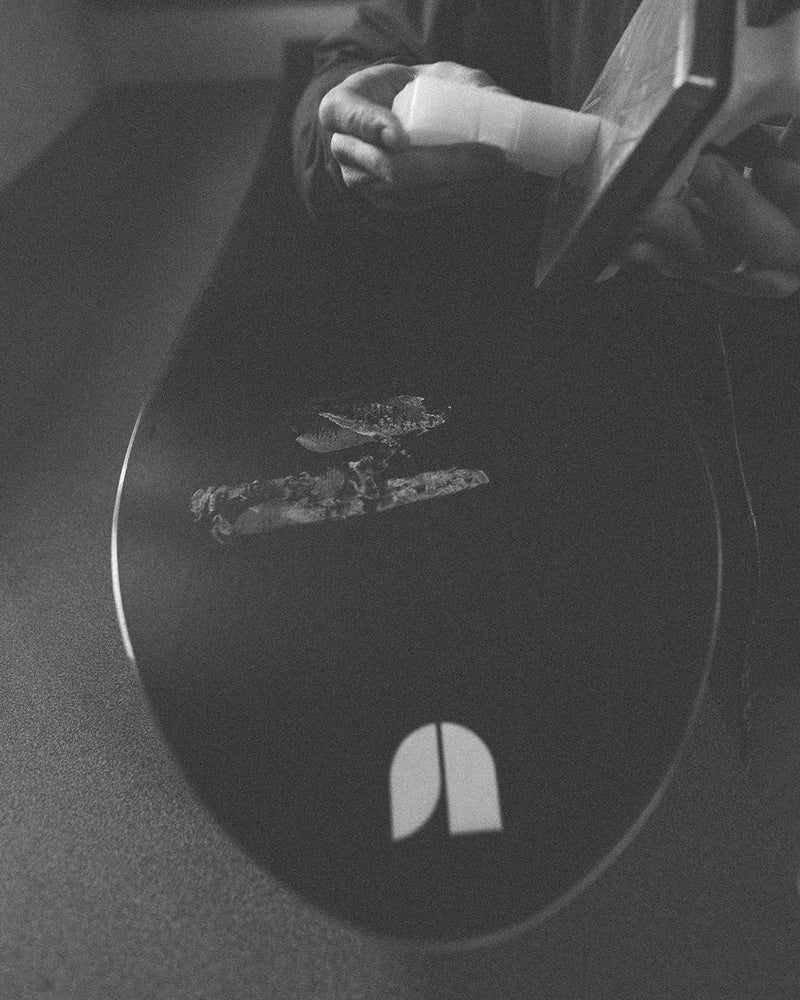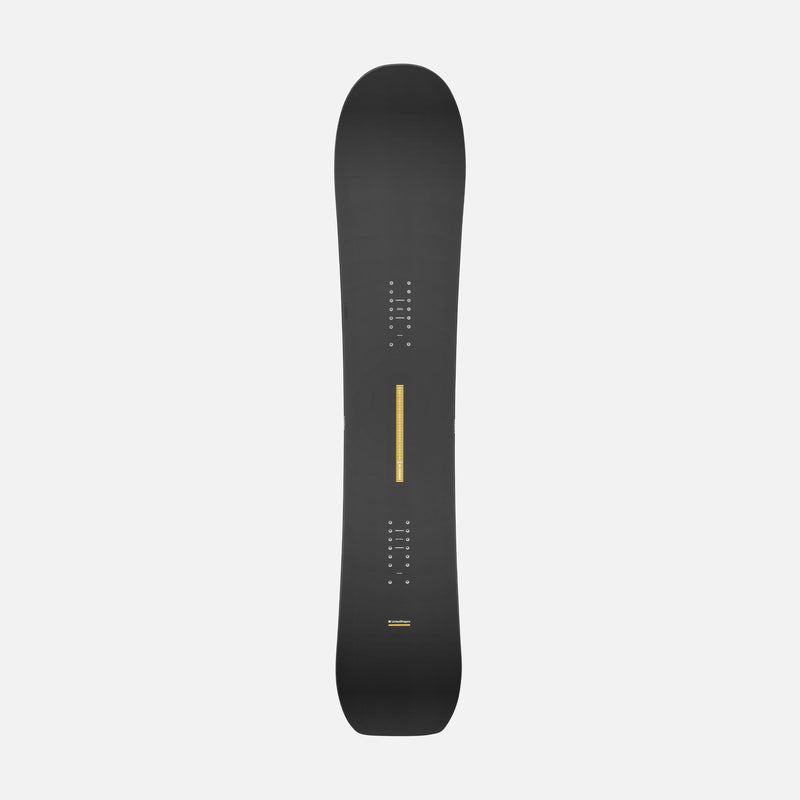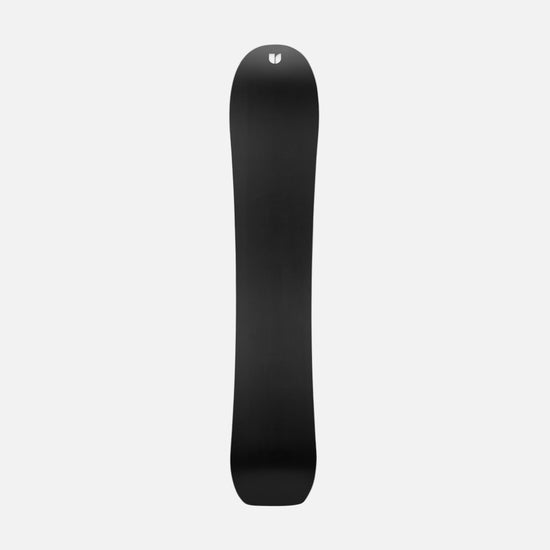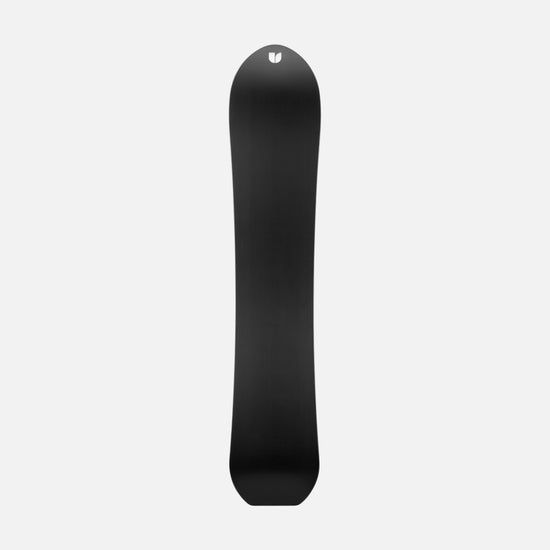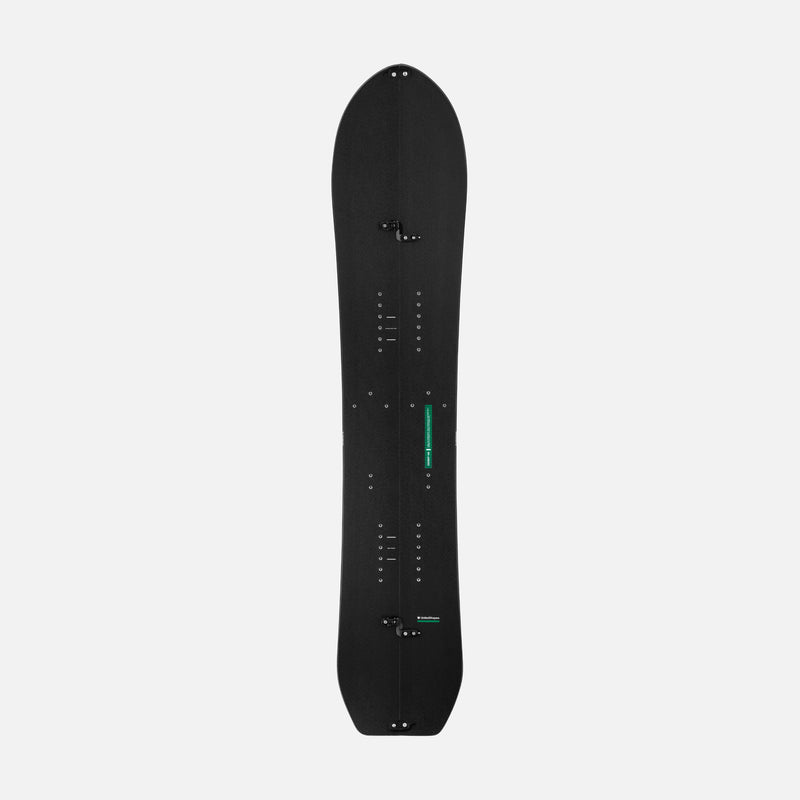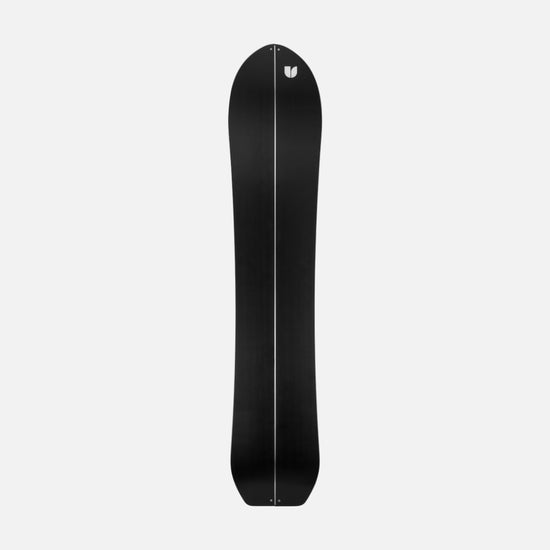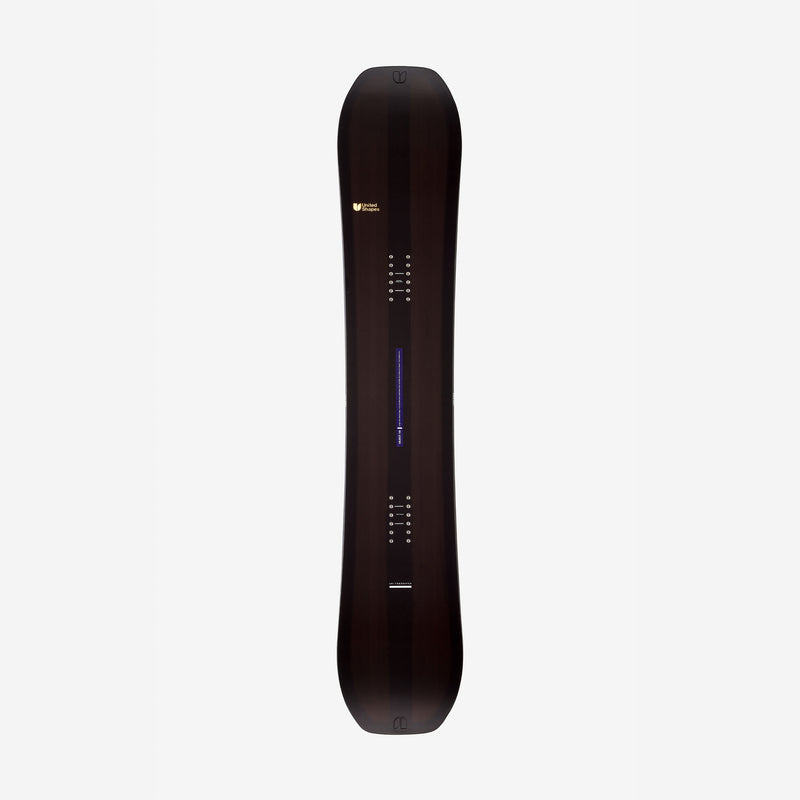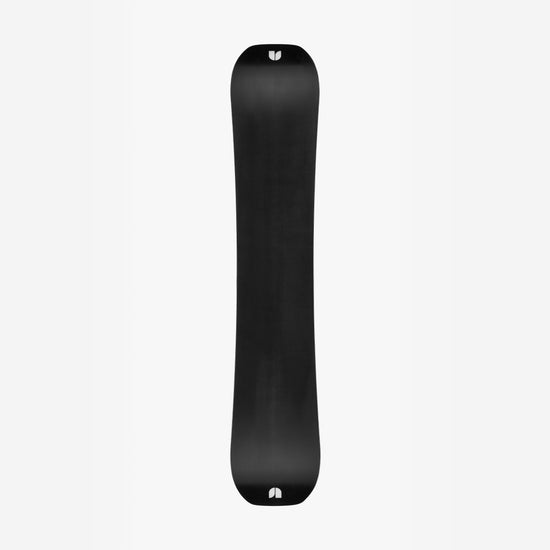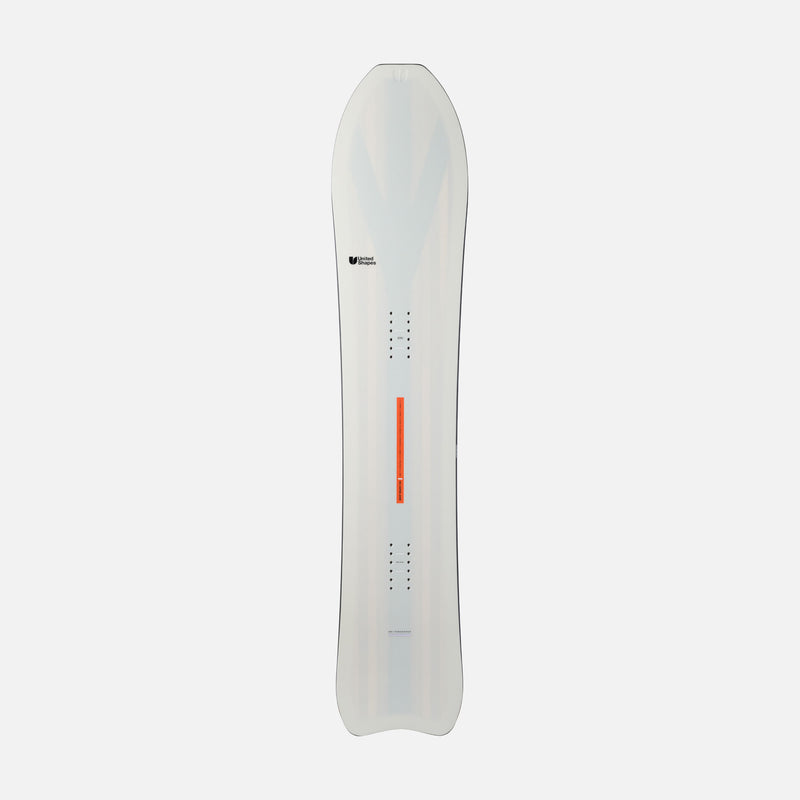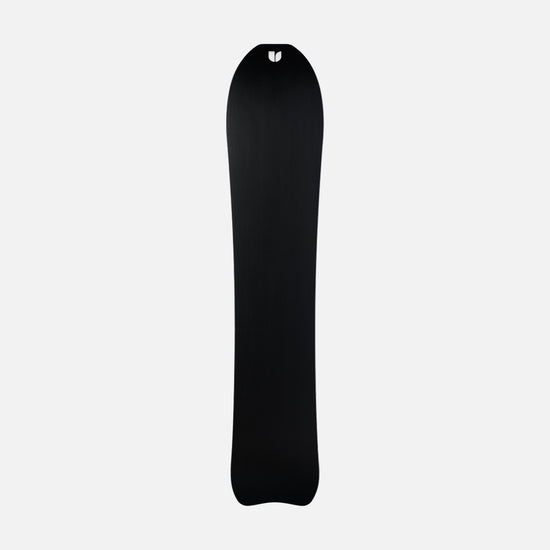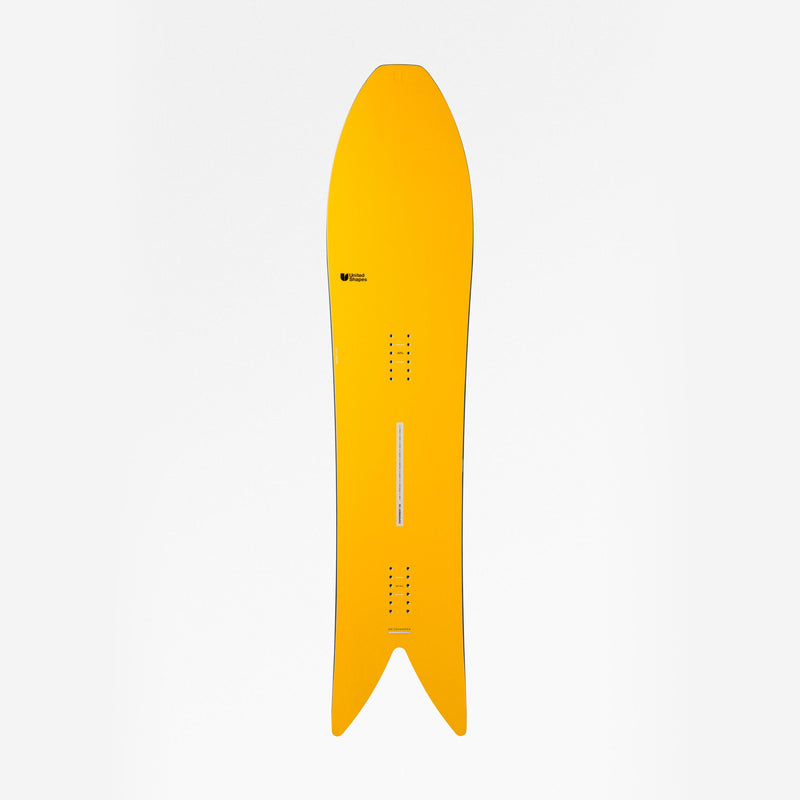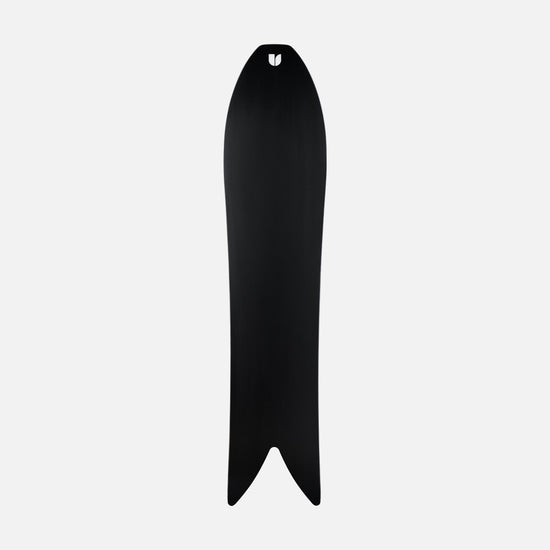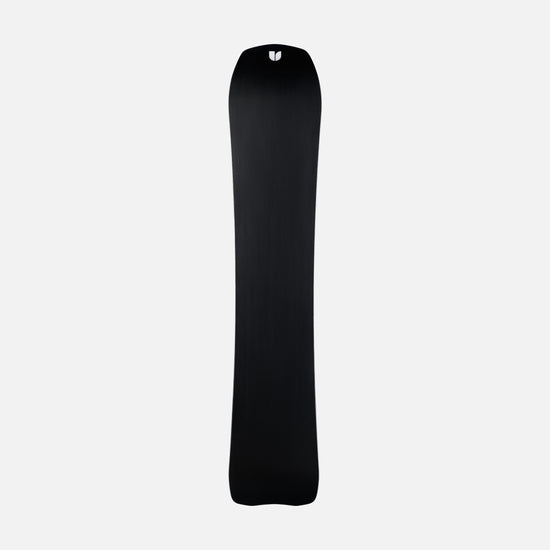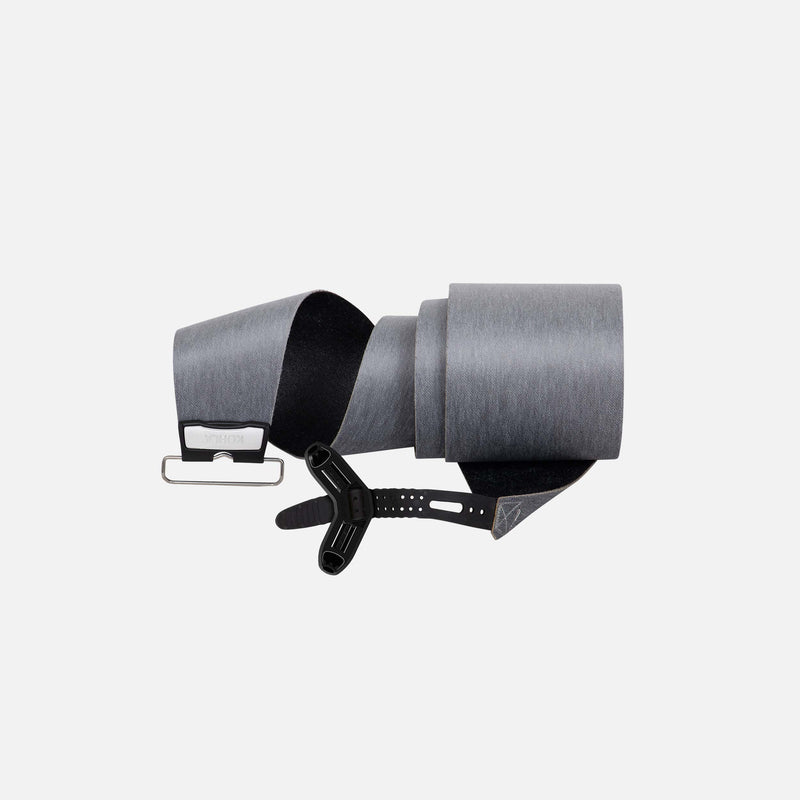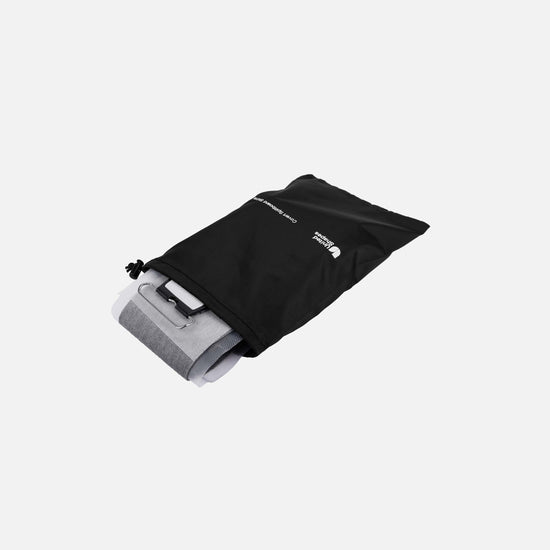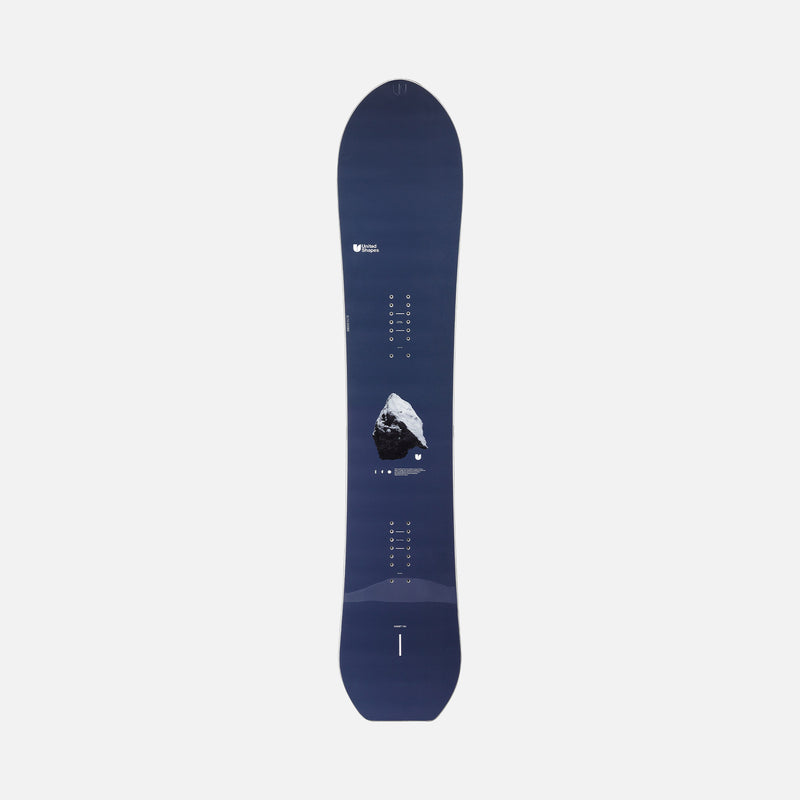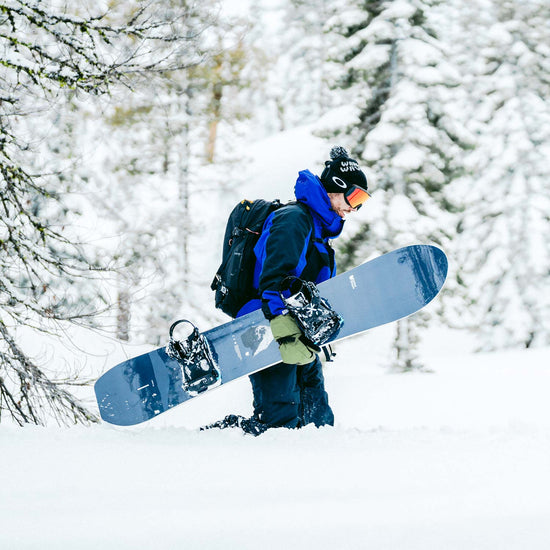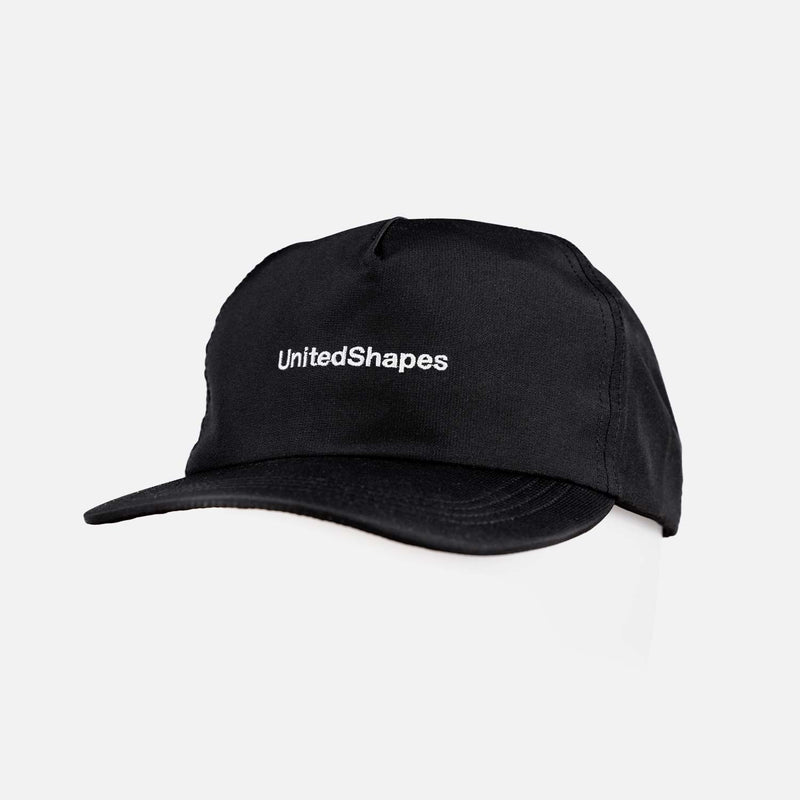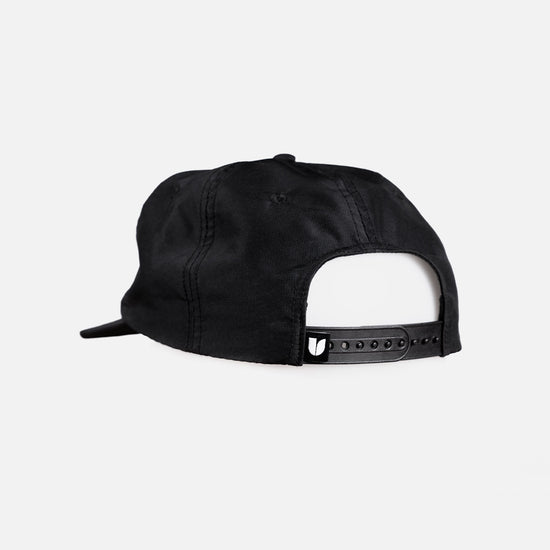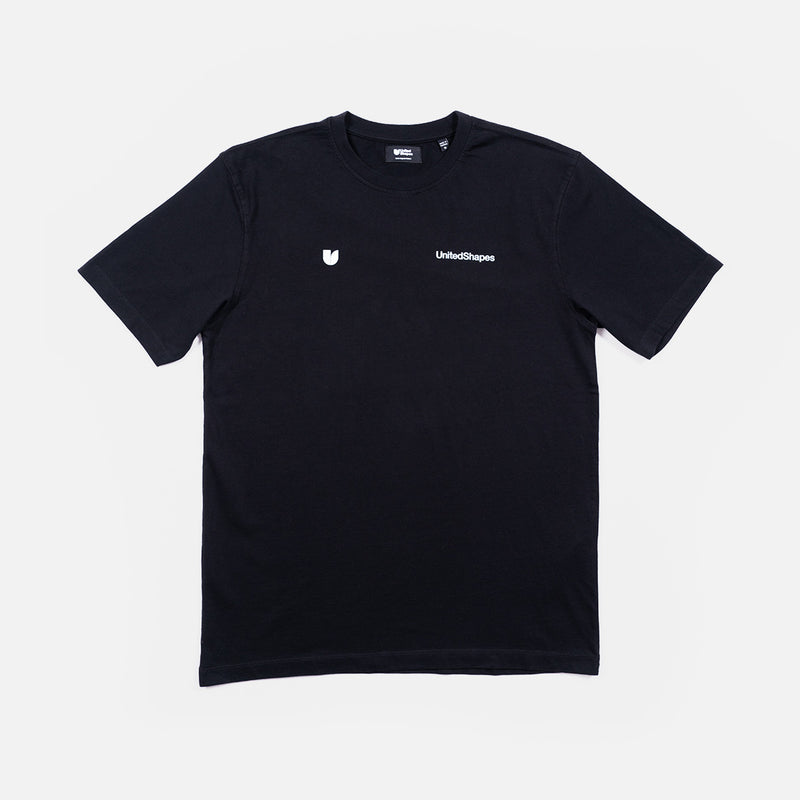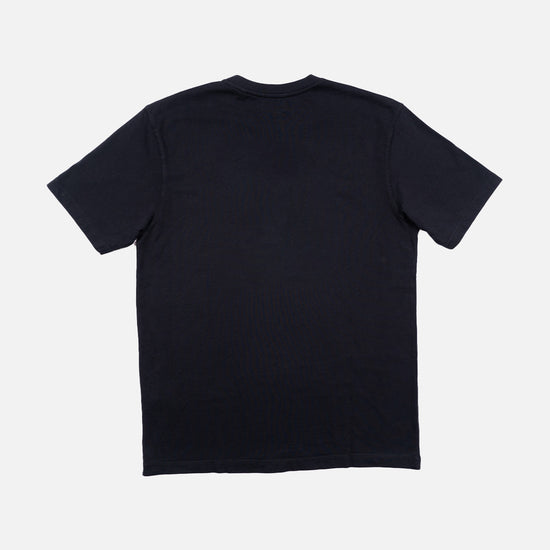Transmission
¥101,200

For those looking to take stability, speed and performance to new dimensions, the Transmission will set the line and take you there.
The Transmission encourages fast, deep carving. Its unique shape consists of full camber and maximum effective edge packed into reduced overall lengths, with increased widths and elliptical sidecut. The Transmission makes no compromise, suiting the advanced rider who throws everything they’ve got at the mountain.
Made in Europe with a focus on precision, durability and sustainability.
2-year Warranty.
Terrain
Shape
Directional
Ability
Flex
All Mountain
FreeStyle / Park
Carving
| Size | 154 | 159 |
|---|---|---|
| Tip width (mm) | 310 | 314 |
| Waist width (mm) | 263 | 267 |
| Tail width (mm) | 304 | 308 |
| Radius (m) | 8 | 8.5 |
| Weight range (g) | 130-220lbs 59-100kg |
150-250lbs 68-113kg |
Product Features
Size guide
Choosing the right snowboard size is essential to get the best experience from your shape. The correct size depends on several factors including your weight, height, riding style, and skill level.
Weight
Your weight is the most important factor when selecting a snowboard size. Each board has a recommended weight range for optimal performance. Please refer to our individual snowboard sizing charts for more information.
Height
Height is a secondary factor but still plays a role. A general guideline is to stand the board upright next to you; it should typically reach between your chin and nose.
Riding Style
- FreeStyle: Go for a shorter board for better maneuverability and easier spins.
- FreeCarve: A medium length is versatile for various terrains.
- FreeRide: A longer board provides stability at high speeds and in deep powder.
- Powder: Opt for a longer, wider board with a rocker shape to stay afloat.
Riding Style
- Beginner: Slightly shorter boards are easier to control and maneuver.
- Intermediate: A mid-range size for versatility.
- Advanced: Go for a size that matches your style, whether it's shorter for tricks or longer for stability.
Boot Size
Larger feet (usually over US size 11) may need a wide board to prevent toe and heel drag.
Size chart by weight and height
Here's a general snowboard size chart based on weight and height. The sizes are approximate, and individual preferences may vary.
| Rider Weight (lbs) | Rider Weight (kg) | Rider Height (ft/in) | Rider Height (cm) | Snowboard Length (cm) |
| 80-110 | 36-50 | 4'10"-5'2" | 147-157 | 130-140 |
| 100-130 | 45-59 | 5'0"-5'4" | 152-163 | 135-145 |
| 110-140 | 50-64 | 5'2"-5'6" | 157-168 | 140-150 |
| 120-150 | 54-68 | 5'4"-5'8" | 163-173 | 145-155 |
| 130-170 | 59-77 | 5'6"-5'10" | 168-178 | 150-160 |
| 150-200 | 68-91 | 5'8"-6'0" | 173-183 | 155-165 |
| 170-210 | 77-95 | 5'10"-6'2" | 178-188 | 155-165 |
| 200+ | 91+ | 6'0"+ | 183+ | 165+ |
Delivery & Returns
We offer free shipping over €450 / 450 CHF / 450 USD / 450 CAD / ¥15,000 along with a 30-day return policy.
For more information on shipping please refer to our shipping policy.
For more information on returns please refer to our returns policy.
